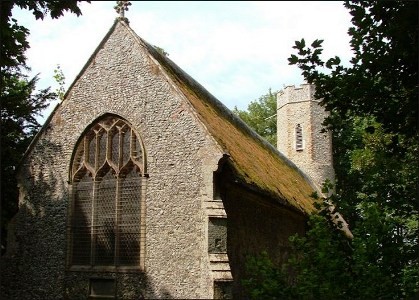|
Mercury ‘Viewpoint’ – Are you ready for kick-off?
Love it or hate it, the new foo tball season is upon us once more tball season is upon us once more as tomorrow sees the big kick-off in the Premiership and Championship. I wonder how many people will have any idea that several of the clubs involved began as church teams as Victorian Christians set out to provide activities for people in their communities. Almost a third of all the clubs that have played in the FA Premier League, (12 of the 38 teams), owe their existence to a church.
We should also remember that Thomas Hughes’ Tom Brown’s Schooldays (1857), was inspired by, and inspired, the Christian sporting ethos of the public schools, which in turn inspired and influenced the development of ‘muscular Christianity’, as many clergymen in the 1870s, who were products of the public school system, passed on the values they had learned on their school sports fields to the young people in their parishes. There was a rapid spread of church cricket and football clubs throughout the country and members of the choir of Holy Trinity Church, Bordesley started a cricket club that eventually became Birmingham City FC, the headmaster of Christ Church Boys’ School, Bolton started a Sunday School football club that one day would become Bolton Wanderers and a Football Club was founded at St Mary’s Church, Southampton, which became the Southampton team still known as ‘The Saints.
The Victorian clergymen who were so instrumental in nurturing clubs into existence and growth can never have imagined how things would develop over the next 130 years or so. Their fostering of healthy exercise for the working classes, which developed into not only exercise but also entertainment, nurtured a sport that is sadly now priced beyond the  means of many working class people as spectators, as wages have spiralled and ticket prices have escalated.
But the Christian presence is still there as Sports Chaplaincy has become more widespread, and there are now around forty chaplains associated with Premiership and Championship teams, and a further thirty five in Football Leagues One and Two.
The role of sports chaplains is to provide pastoral care and encouragement to players and others, and in my role as a football chaplain, it pleases me to look back to our Victorian predecessors, and identify a link with their ‘muscular Christianity’. Perhaps all of us who are involved in the lives of our churches should learn lessons from those times about taking our faith out into the world and maybe a dose of modern ‘muscular Christianity’ could be a force for good in our world today.
Albert Cadmore
|
|
|
|